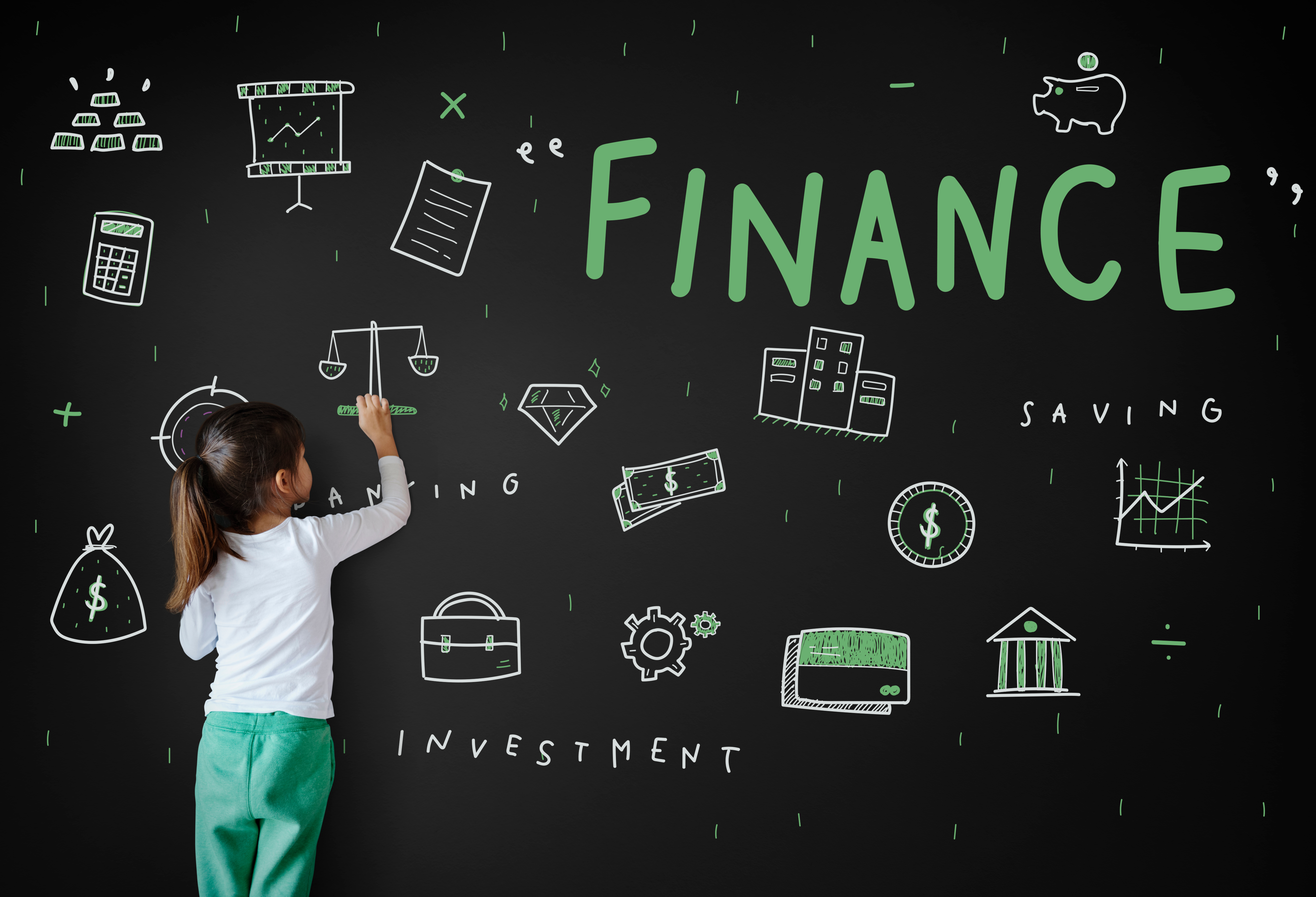Empowering Kids with Financial Literacy

How young is too young to start learning about finances? While there isn’t an exact age when someone will suddenly grasp finances (indeed, there are some who go their entire lives without fully grasping it), the truth is the sooner the better. The earlier children start learning about money, savings, and the subjects that make up Financial Literacy, the better equipped they’ll be to navigate the world of finances as they grow up. The only hard requirements are object permanence and basic arithmetic. The former is needed so they understand that just because they don’t have physical possession of their money doesn’t mean it’s gone, and the latter is so they can understand balancing an account. Beyond those two hard requirements, let’s explore how you can empower your kids with financial literacy.
Lay the Foundation with Savings Accounts:
Just like teaching your child anything else, it’s important to start with the basics. One of the many virtues of credit unions is that most all require a simple savings – typically known as a “share account” – to establish membership. Share accounts are so named because they represent the member-owner’s stake in the cooperative just as traditional investors own shares in private firms. Now of course, your child probably doesn’t need that much info and likely wouldn’t understand it, but the important detail is they have a savings account that entitles them to membership and future services. Hopefully, they will get in the habit of saving early when
through regular deposits to their share account.
Turn Saving into a Game:
With the use of the age-old piggy bank, your child can begin the savings process even earlier at home before depositing it to their share account. Then, at certain intervals – either the bank filling up or every so many months passing – bring them and their savings to make deposits into their share account. Depending on how quickly or what’s being saved (coins vs bills), you can turn saving into a game to see how quickly your child can reach certain amounts or milestones.
As they get older, you can gradually introduce more concepts to continue developing their financial literacy. Perhaps at some point, there will be something they want – a toy, video game, device – but you aren’t inclined to buy it. This is an excellent opportunity for them to learn about spending, specifically that you can’t spend your money and have it too. If you’ve made a game of savings, show them the balance on their account and explain that if they want something, they’ll need to pay for it, and to pay for it they’ll have to take money out of their account. If there’s been a goal or milestone they’ve been saving towards, this can show them that there’s a
trade-off for spending money. To gain something now can take away from what they’ve been working towards. It’s important to stress that this is not a good or bad thing, just something to keep in mind when wanting to make a purchase.
Of course, the lesson about spending and having money is most effective if and only if there is a trade-off to be readily understood. Setting a savings goal, as previously mentioned, is an excellent way to help your child appreciate the challenges of saving money in a fairly low-stakes scenario. Pick something fun or big that they may not be willing to wait until their next birthday or major holiday to receive. This furthers the incentive to save strategically and not spend compulsively.
Introduce Basic Financial Concepts:
We’ve covered saving money and spending money, but next your child should know that’s not the same as managing their money. Eventually, your child will need a checking account and hopefully save up enough to open a money market or CD. To fully understand those, they’ll need to understand budgeting and interest rates. Perhaps save budgeting for their teenage years and
instead focus on interest rates. The younger they are, the better it is to keep the explanation simple: Interest is the money the credit union pays for letting them hold your accounts. If your child wants a more in-depth explanation (how interest rates are calculated and why funds on deposit impact the amount paid out), and you’re up for it, then go for it! It’s important to promote their curiosity and desire to understand finances – especially where it concerns them – as much as possible.
Address Emotions Tied to Money:
Finally, and perhaps most importantly, address how money can impact emotions. Money i.e., personal finances, is often the single greatest source of stress for the average person. It is all too common for people to feel shame, anger, frustration, and sadness when dealing with their finances. While you shouldn’t unload all of that on your little one, it is beneficial to start explaining from an early age that people often have a lot of big feelings about money. It’s perfectly okay, but just like when your little one has big feelings, it’s better for them to talk to you about it rather than running away or bottling it up. The extra benefit is, that they can also turn to your credit union as they get older for financial insights and help regardless of their age or their financial situation.
